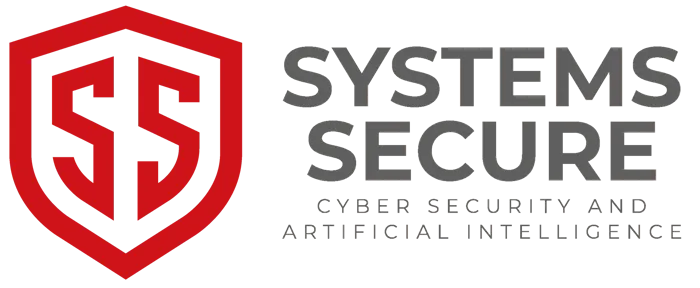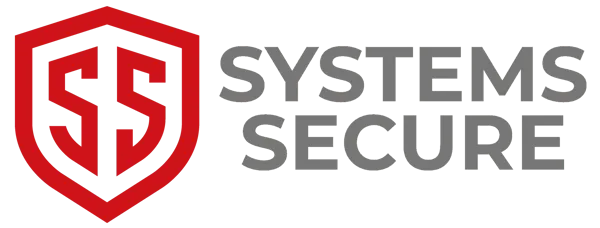HAVE YOU BEEN HACKED? GET HELP
Blog
Welcome to the Systems Secure Blog — your go-to resource for practical, no-fluff cybersecurity advice tailored for business owners and managers. Whether you're running a growing team or working with outsourced IT, we break down complex cyber risks into plain language and give you real-world solutions to protect your business, data, and reputation. From compliance guides and threat insights to expert tips on keeping your systems secure, we’ve got you covered.
🔒 Real advice. No jargon. Just smart, secure business.

How Outdated Software Is an Open Door for Hackers
How Outdated Software Is an Open Door for Hackers
Introduction:
Old Software, New Problems Imagine you spent thousands building a top-notch office building — and then left a window wide open at night.
That’s exactly what outdated software does for hackers.
In this blog, we’ll break down why running old apps, systems, and tools could be your business’s biggest hidden security risk — and what you can do about it.
Why Software Updates Matter (More Than You Think)
Software updates aren't just about cool new features.
They're mainly about security.
When companies discover vulnerabilities — weak points hackers could exploit — they patch them with updates.
If you don’t install those updates?
You’re basically advertising a “Welcome, Hackers!” sign on your digital front door.
Real Risks of Outdated Software
1. Exploits Are Public Knowledge Once a vulnerability is made public, hackers race to exploit it.
Some even automate attacks using bots that scan the internet for businesses still running old versions.
Example:
The infamous WannaCry ransomware attack in 2017 used a known vulnerability in outdated Windows systems — affecting 200,000+ businesses worldwide.
2. Compatibility Problems Old software often doesn't play well with newer systems, leading to crashes, broken security tools, and hidden vulnerabilities.
3. Compliance Failures Regulations like GDPR, PCI DSS, and ISO 27001 require you to maintain secure systems.
Using unsupported software could mean fines — and damage your reputation if a breach occurs.
4. Insurance Issues
Cyber insurers increasingly require proof you’re maintaining up-to-date systems.
If you suffer a breach and were running outdated software, your claim could be denied.
How to Spot Outdated Software in Your Business
Signs you might have a problem:
Still using Windows 7, Windows Server 2012, or other end-of-life systems
Antivirus or firewall products no longer supported by their vendor
Old apps that haven’t updated in over a year
Staff devices full of ignored update notifications
5 Steps to Fix Outdated Software Risks Fast
1. Run a Full Inventory List every device and every application.
Know exactly what you’re using — and what versions are installed.
2. Prioritise Critical Systems Focus first on anything touching customer data, financial information, or sensitive documents.
3. Set Automatic Updates Where possible, enable automatic updates for operating systems, antivirus, browsers, and common apps.
4. Replace End-of-Life Systems. No updates = no protection.
If software or hardware is no longer supported, plan a replacement — fast.
5. Create an Update Policy Don’t leave it to chance.
Write a simple company policy that outlines:
How often updates should be applied
Who’s responsible
How you’ll track it
True Story
One Missed Update, One Massive Breach.
We once worked with a client who hadn’t updated their customer database software in 3 years.
One tiny security hole led to a breach that exposed 2,500 customer records.
It cost them:
£22,000 in regulatory fines
£18,000 in legal fees
A huge dent in customer trust
Lesson learned:
An update that takes 5 minutes could save your business thousands — or even save your business full stop.

Quick Links
©Systems Secure 2025
All Rights Reserved





